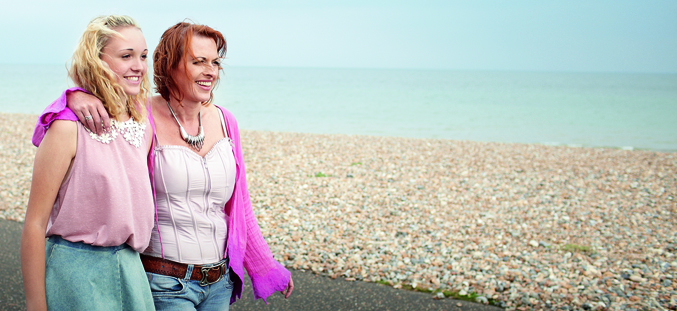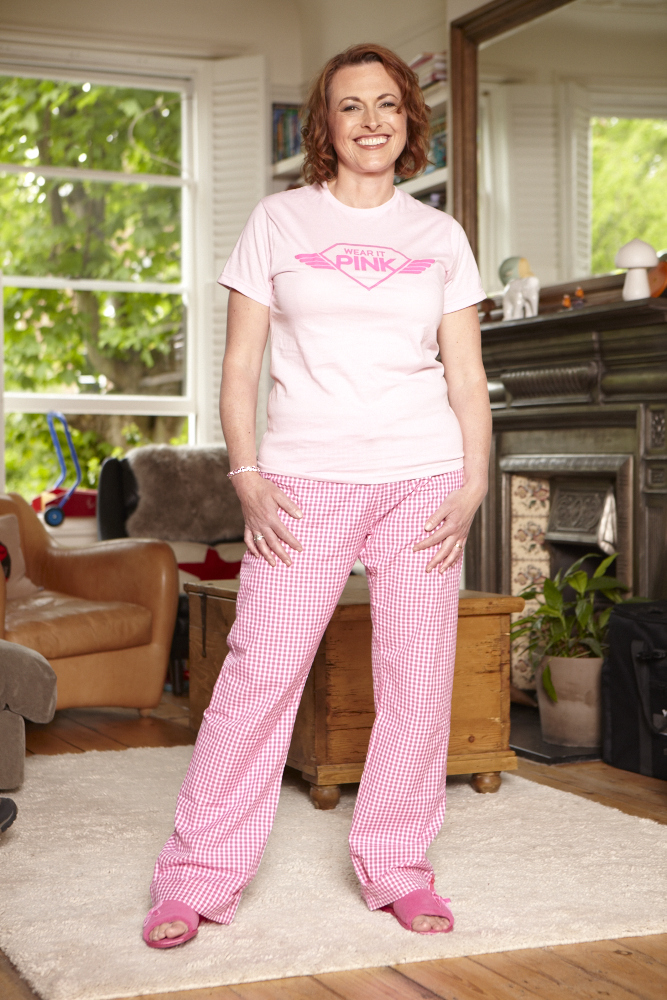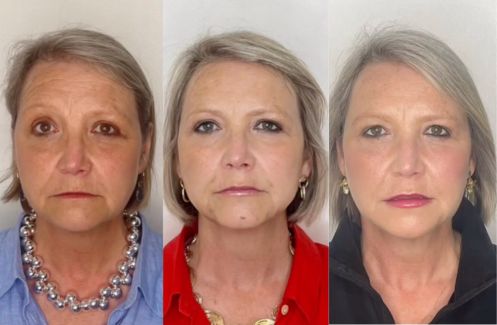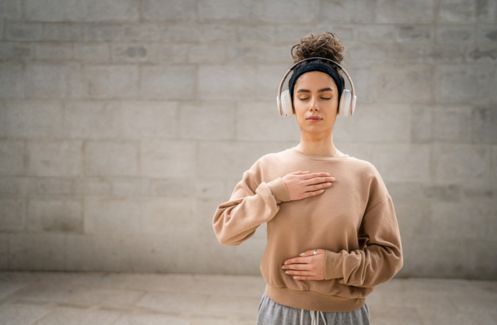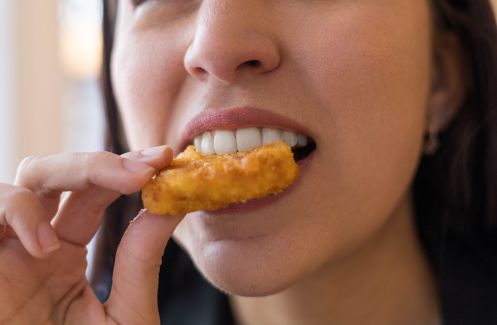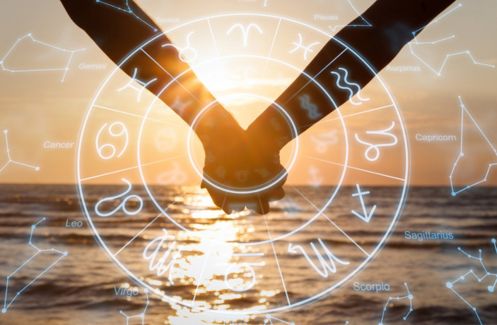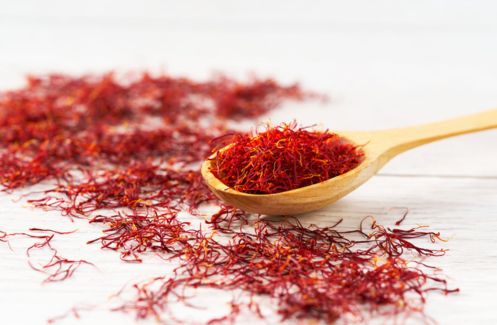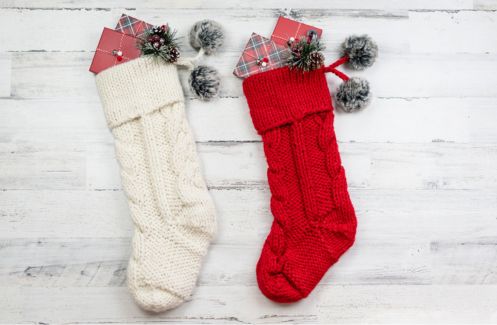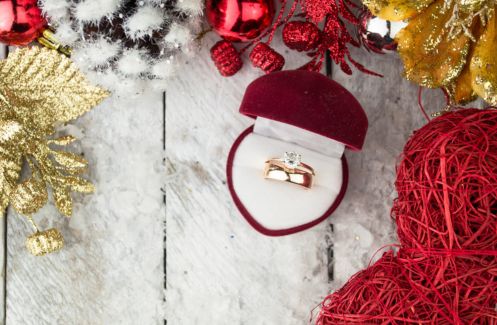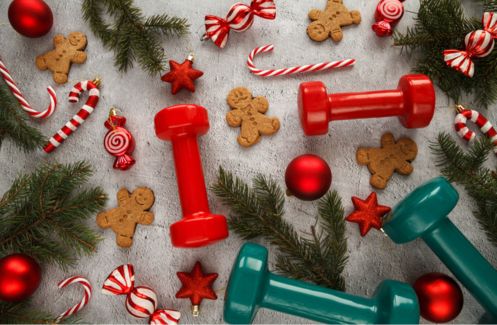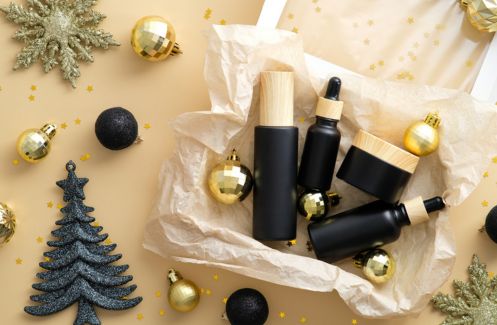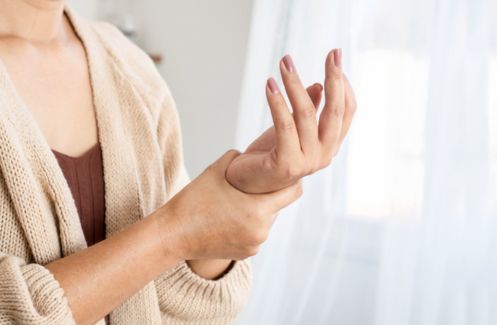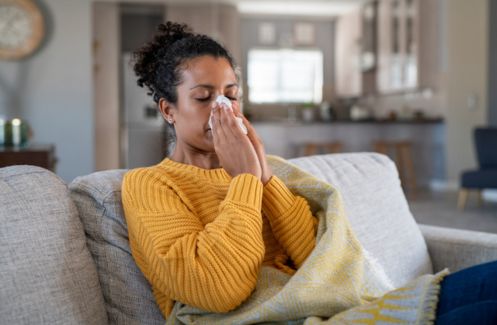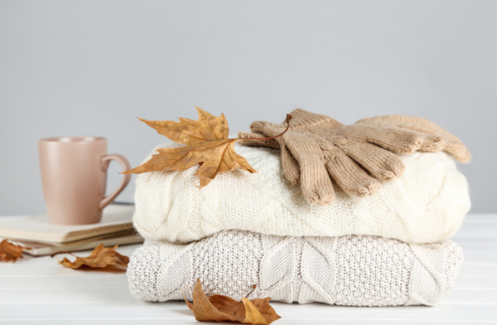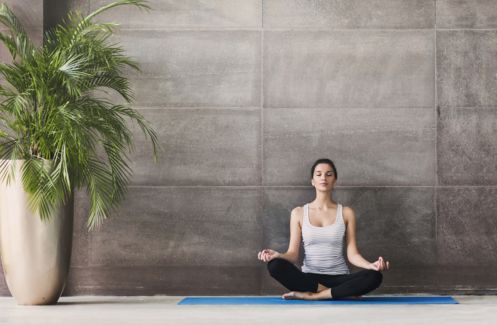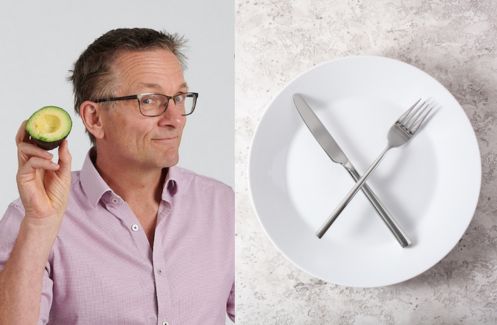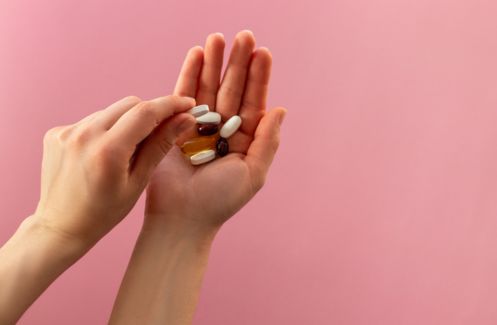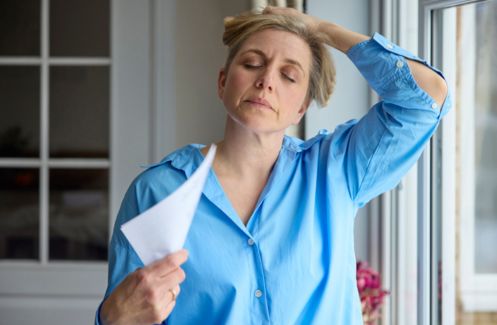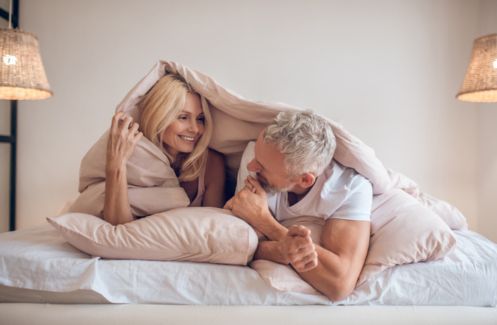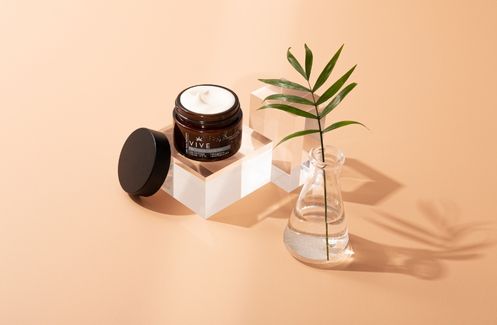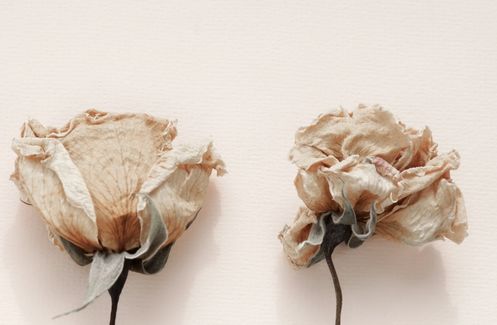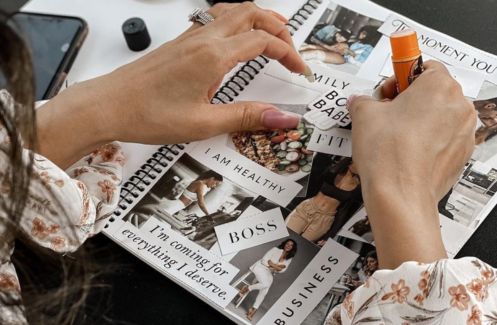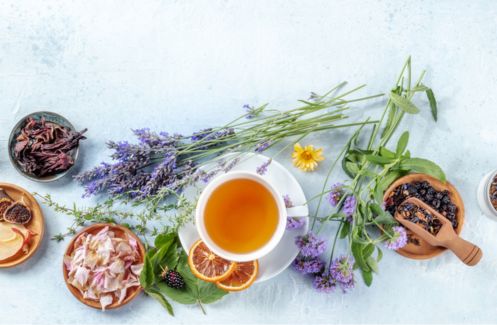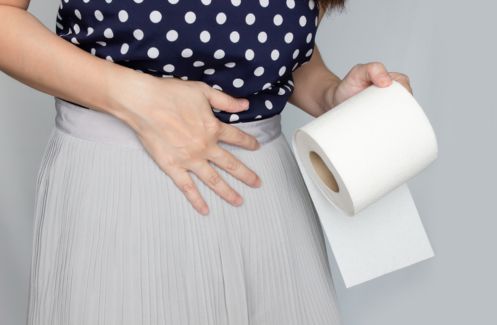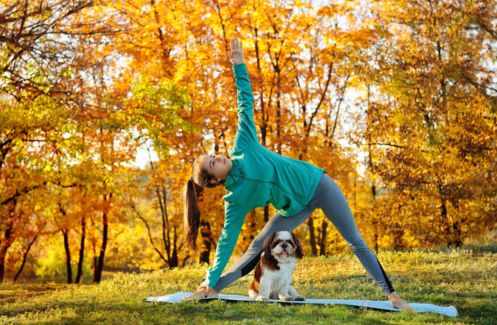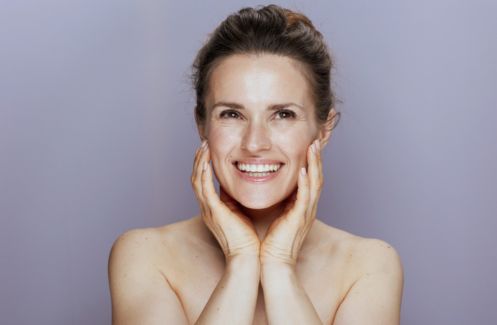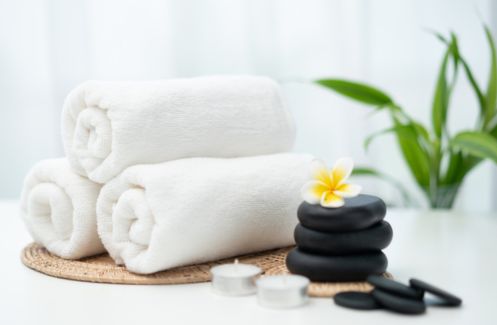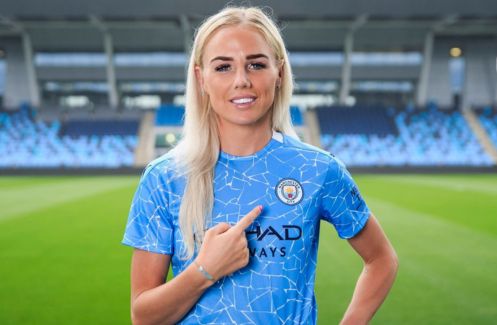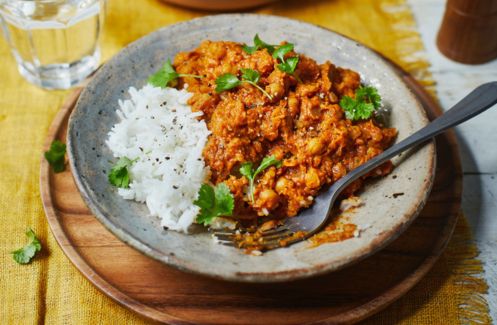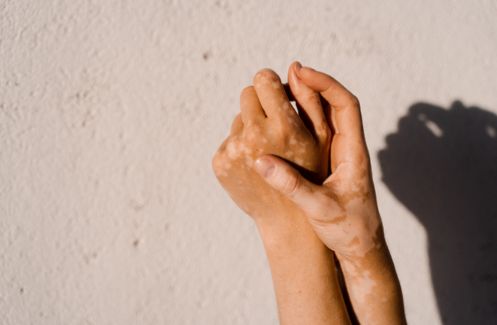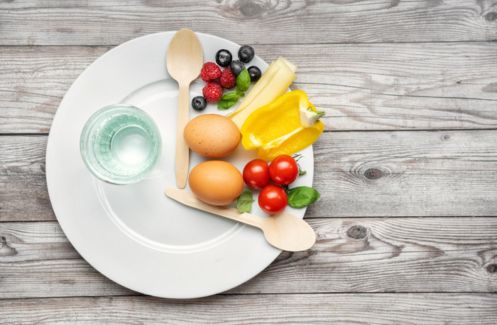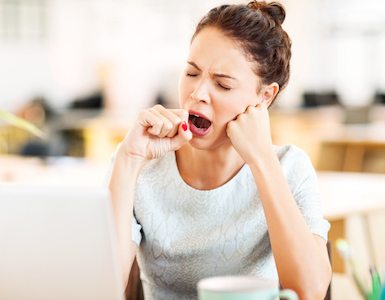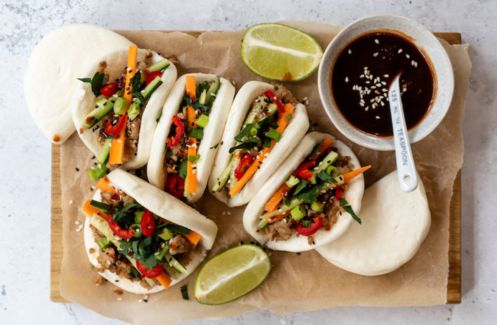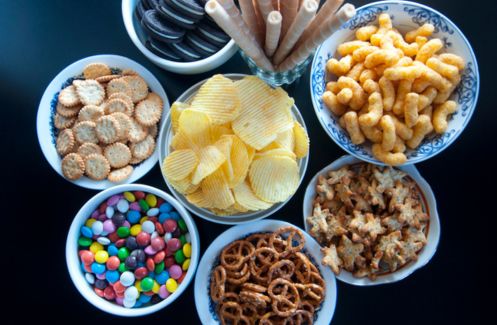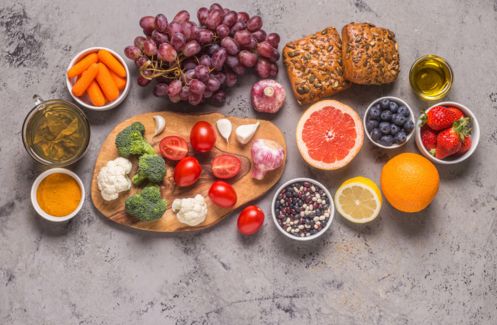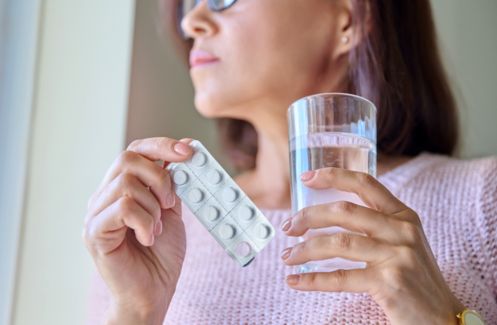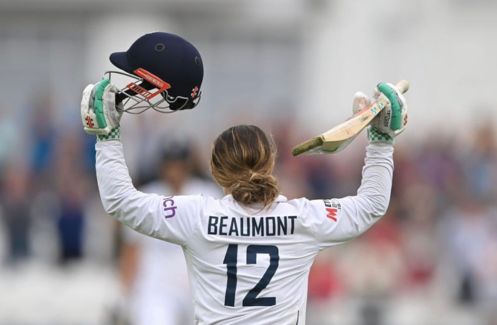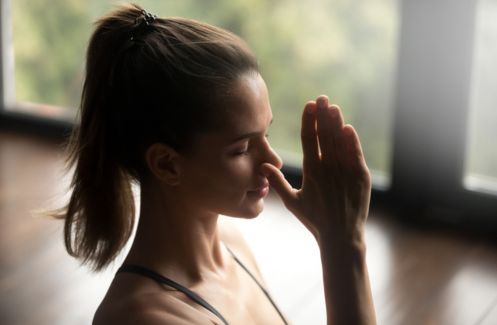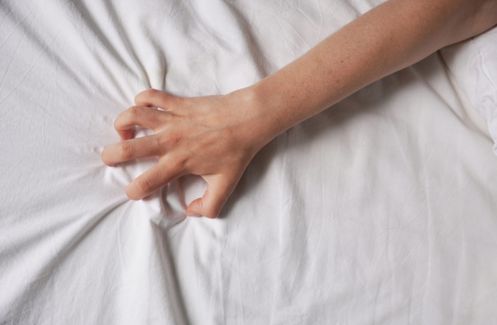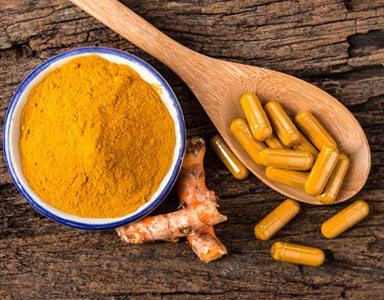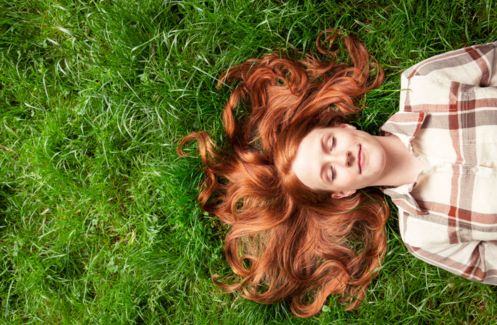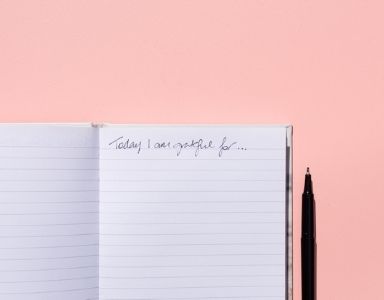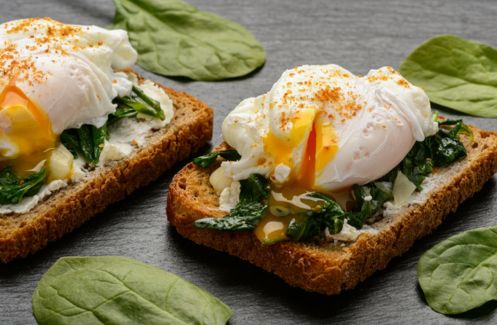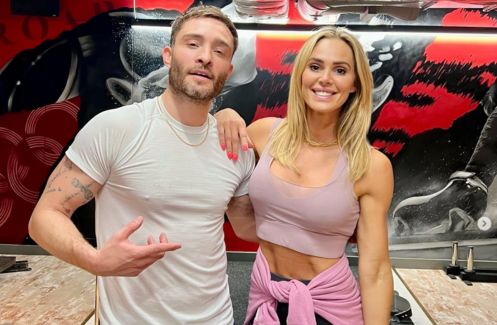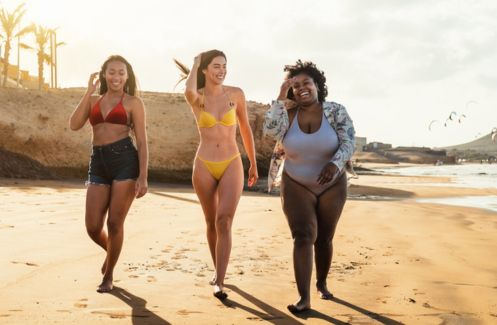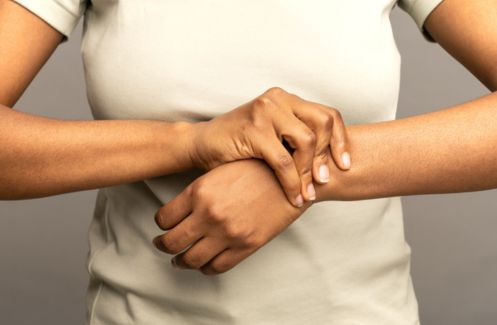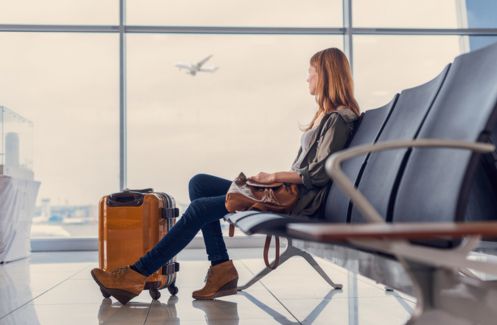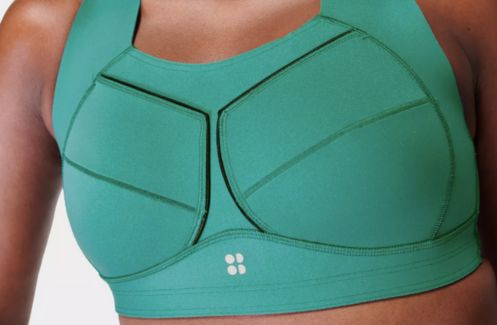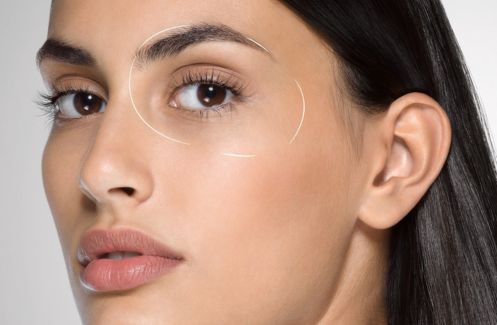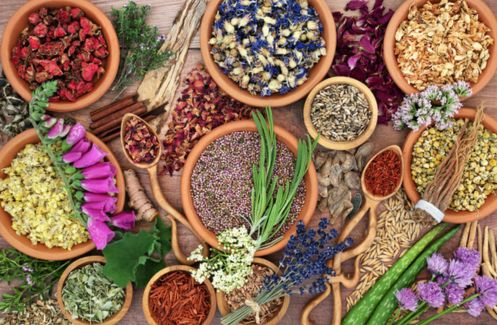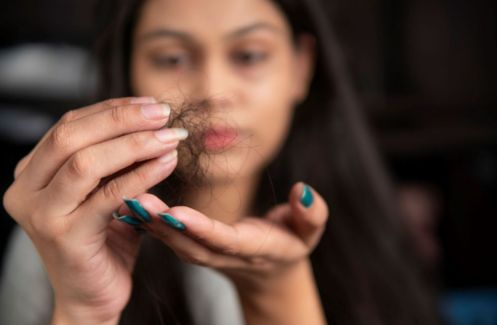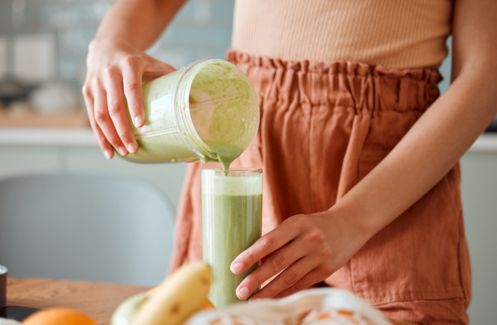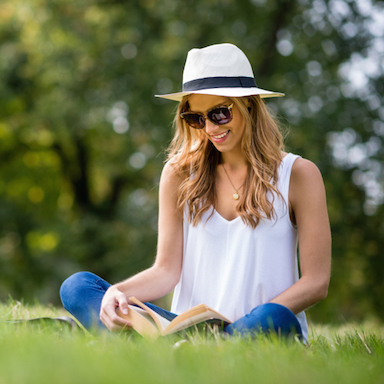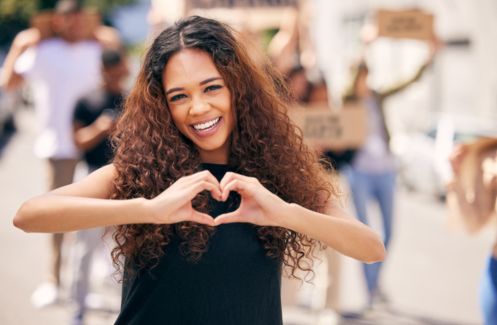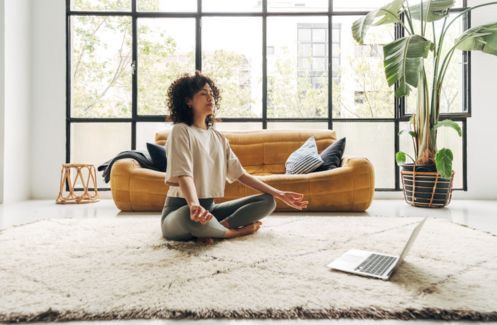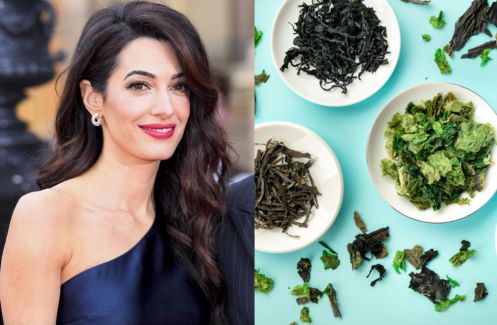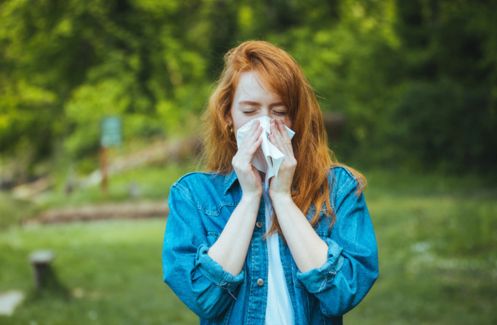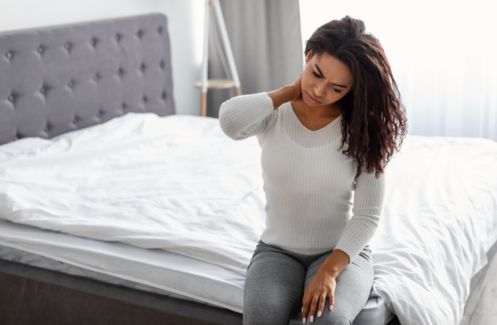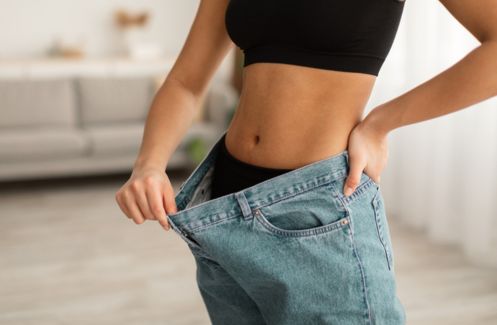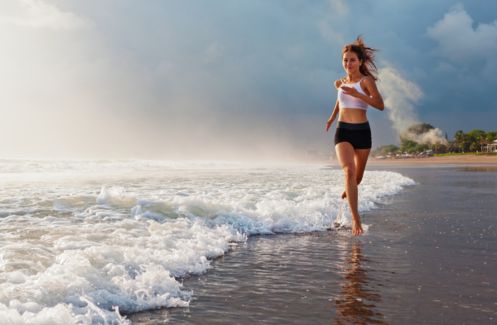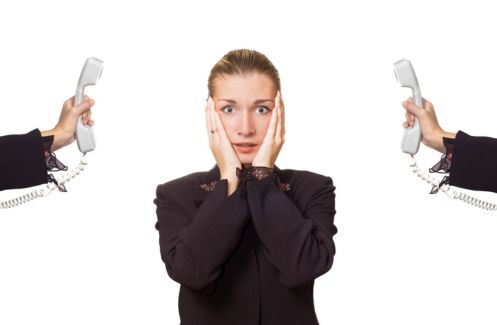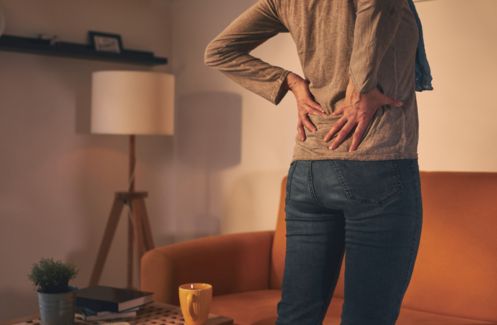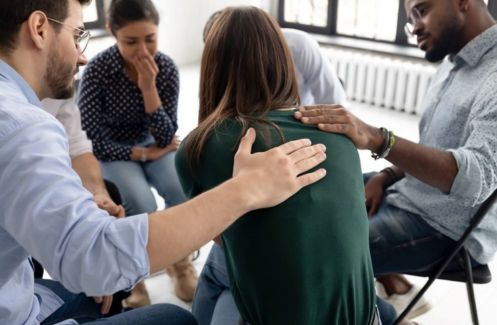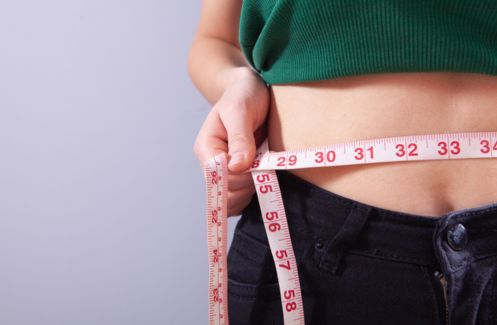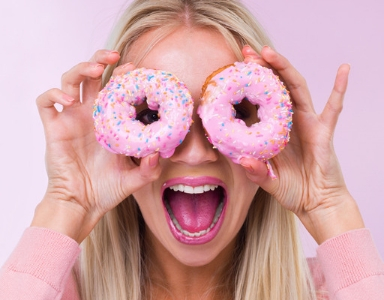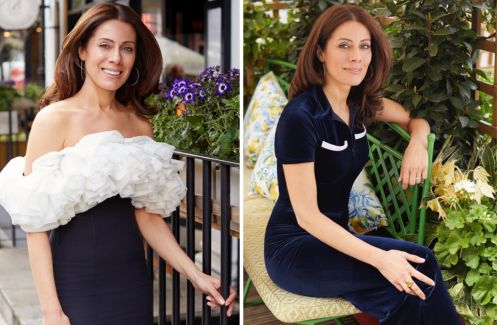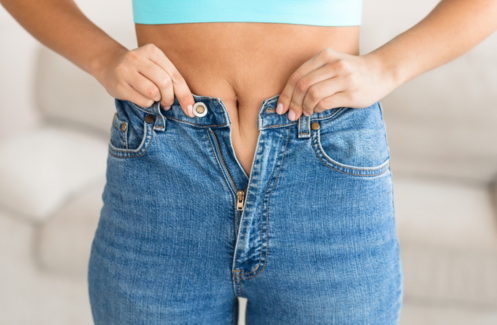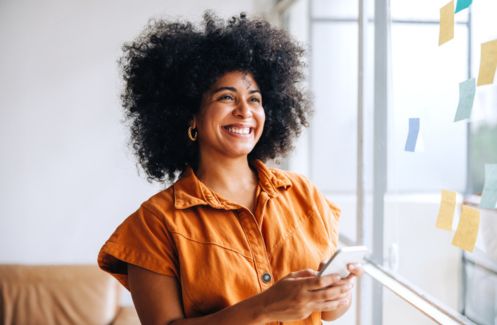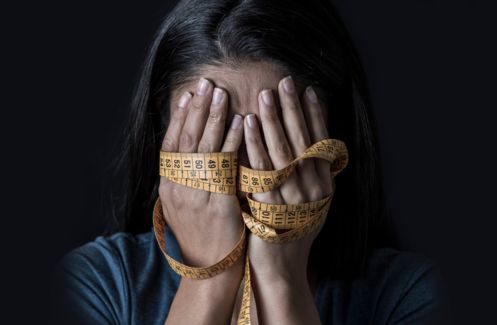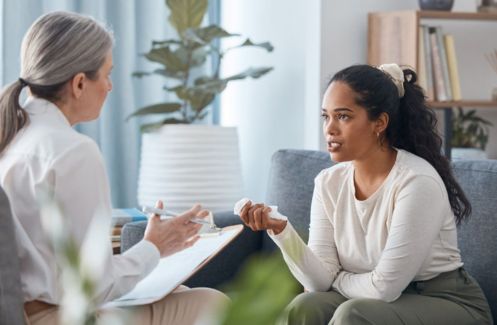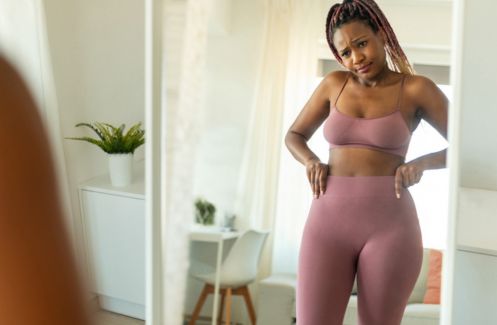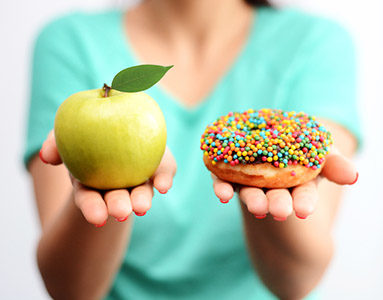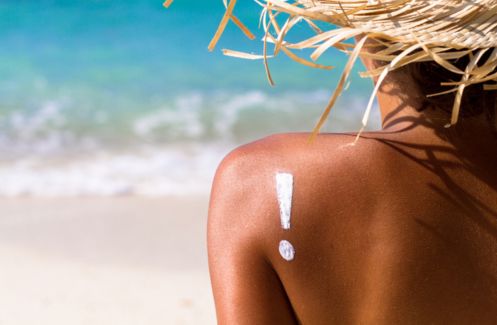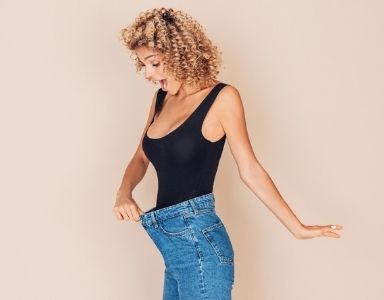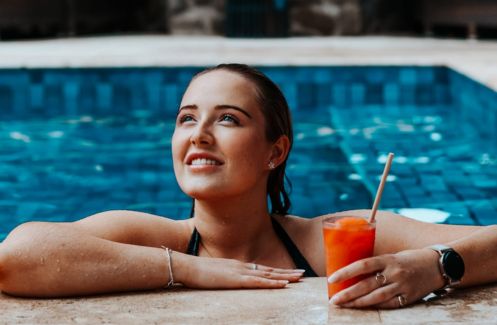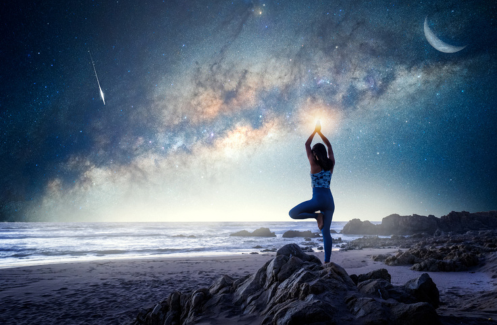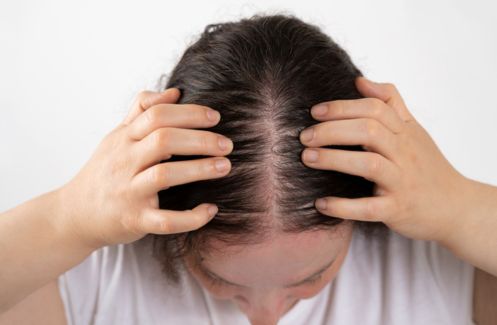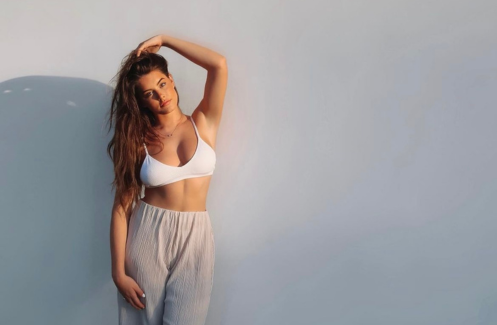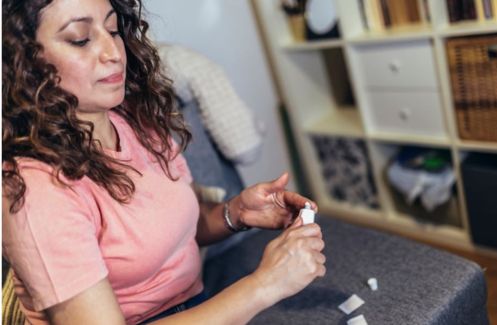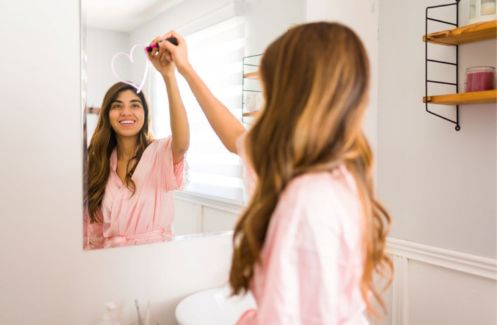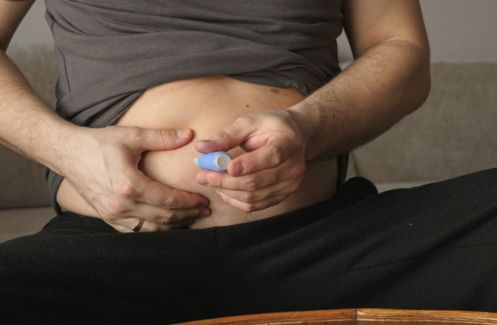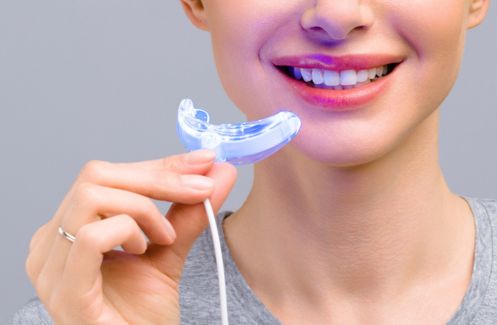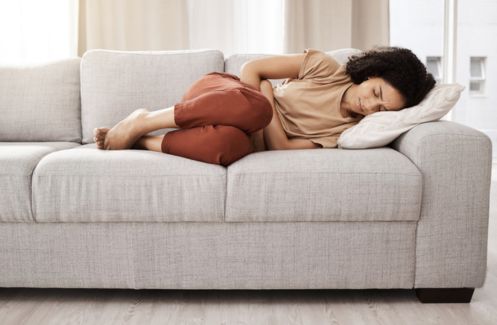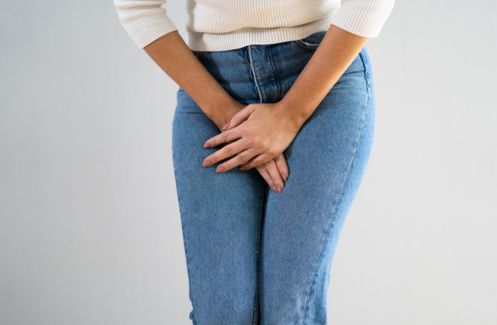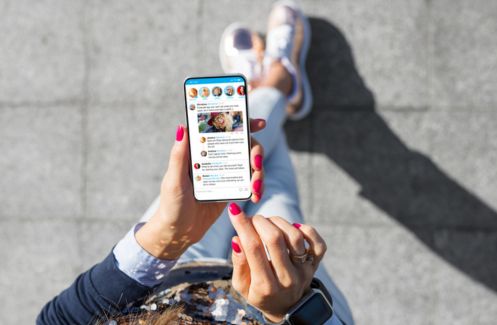Nic Naish, 44 is a former teacher and lives in Worthing, West Sussex with her husband Matt, and their daughter Elka, 13. She developed breast cancer in 2009, becoming the seventh member of her family to be diagnosed with the disease. Nic tells Healthista why she is thankful to cancer and how she plans to make things different for her daughter
‘My 40th birthday was a huge reunion of people I loved and treasured. My aunts had come down from the north, school friends turned up from my old home town, Margate, Kent and my neighbours turned out in full force. I was the fittest I’d ever been, doing lots of running and boxing and felt the best I had in years. But it was bittersweet. A few weeks before, I had found a lumpy, grainy mass in the armpit side of my left breast. Not wanting to ruin everyone’s day, I kept it a secret until after the party.
‘I knew it wouldn’t be good news. Although breast cancer in someone so young is rare, my mother was orphaned at three years old when her mother developed it and I knew that five other members of her family had also lost their lives to it. My mother always went for regular mammograms and check ups and in 2000, when she was 57 and my own baby daughter Elka was only three weeks old, mum phoned and said: ‘There’s no easy way of telling you this but the last mammogram wasn’t good’. By 60 she had died.
‘In hindsight, I was living under a dark cloud that had become my norm; the knowledge and assumption that one day it would be me. But I’d got used to it and being a positive and practical person, got on with life thinking I’d be a similar age to my mum, in my late 50s or 60s before I had to face breast cancer.
‘I often had lumps come and go with my monthly cycle but this was unlike any other hormonal lumps I’d had. It remained there for three weeks and though not painful, I could feel it there if I pressed hard, rough like a bit of cauliflower and about 2.5 centimetres in diameter. If someone had asked me pre-lump what I would have done if I had found a lump, I would have come over all holier-than-thou and said: ‘Oh go straight to the doctor.’ But I didn’t. I left it weeks.
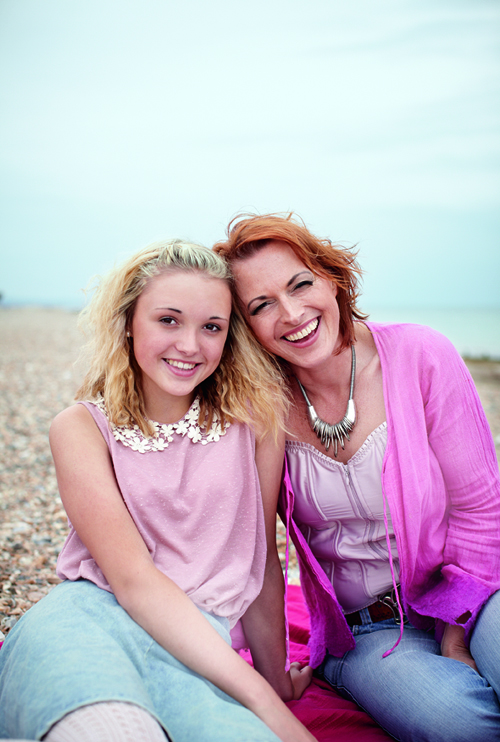
‘Finally, once the party had passed I took myself down to the doctors and said to the receptionist: ‘I believe I have breast cancer and I am not leaving until I have seen somebody.’ Within an hour and a half I had seen a doctor and within two weeks I’d had mammograms and biopsies. It was during a biopsy that the surgeon found the cancer cells. Ever the pragmatist I simply said: ‘I want a bilateral mastectomy, I want all my breast tissue removed.’ I think growing up seeing my mum having constant lumpectomies for non-cancerous tumours, I thought I could have it removed and be done with it. I wanted the cancer out of my body as soon as possible so I could get back to being a wife and mother – Elka was just nine years old. The surgeon said: ‘You can but let’s deal with the cancer first and then do the risk reduction.’
‘After my first week of chemo I was absolutely bald as a coot but I was prepared and had bought two wigs – an Audrey and a Kate – and even been out with one on before losing my hair. I thought they were nicer than my real hair so I didn’t mind, though it was hot during the summer months. I took a holistic approach to handling the chemo’s side effects and opted out of taking anti-emetic (anti-nausea) drugs managing the side effects with juicing and a super healthy diet high in fruit and vegetables.
‘By June of 2010, I hade had a bilateral mastectomy and an ‘LD-flap reconstruction’ in which surgeons took tissue from my back to recreate my breasts and nipple. I guess my boobs would now look hideously ugly to most people but strange things happen to people that have had a life-threatening illness. I am so glad to be here that funny looking boobs don’t bother me at all and I am happier to look in the mirror now than I ever was before my operation. And in clothes, my figure looks great.
‘During my treatment, Elka would massage my bald head just as I had done my mum’s hair when I she was going through her treatment. I feel guilty towards my daughter because I brought her into the world and I set this fate for her to be born into a family so affected by breast cancer. My first thought after my diagnosis was ‘What about Elka?’ But I think research is moving on so quickly that things will be different for her.
‘Matt, my husband, didn’t cope well with my treatment. He couldn’t look at my bald head and I’d let him fall asleep first before sneaking my wig off when I heard him snoring. Matt couldn’t look at any of my surgery scars either. I would say ‘Oh this one is looking better,’ and he would turn away. It’s not that he’s a bad person but he had never had anything like that in his life whereas I had been affected by illness and disability before with mum and in my previous job as a teacher. But Matt struggled with seeing me like that. Still, we managed to get through it and now in the low light at least, my boobs look fine.
‘I need to do something to change things for my child’s future. I don’t want to see my grandchildren going through the same thing with Elka that she went through with me and that I went through with my mother. That’s why I am supporting research in every way I can and telling my story.
‘People don’t talk about cancer enough, they call it the C-word and it’s ridiculous. Now I work for several charities and do talks in people’s workplaces showing them cancer is not a death sentence and the importance of seeking help early. I want to have an impact on both the present and the future of cancer in any way I can.
‘I am grateful I had cancer at 40. I was healthy enough to have the heaviest dose of chemo they could give me, to fight it with my family and get back to living my life. I have come back stronger too. I box twice a week, have since run a marathon, go to bootcamp five times a week, run twice a week and next year I am doing a triathlon.
‘I’m a much more confident person post-cancer. Now I am symptom-free, I have been given a second chance so I make decisions for me and my family and not to keep everyone else happy. The old me postponed having my lump checked until after the party because that might have upset people. The new me would have been straight down to the doctor’s.
‘In the past I doubted so many things about my ability, my skills and education even though I have a couple of degrees. I played cello but always felt like the weak person in our musical groups. Now, I’ve gone back to the it and do music nights. If I play a bum note I think: ‘So what, the world isn’t going to end and no one will even notice.’
‘I had always loved to paint but hadn’t done it in years. Then, during treatment I started again and had the first exhibition I’d had in years while I was on chemo. I have cancer to thank for that.’
Family history of breast cancer: what you need to know
Up to 20 per cent of breast cancer cases are linked to a strong family history of the disease, which is defined by several factors, including the number of your relatives who whave developed breast, ovarian or a related cancer, as in Nic’s case and the age they developed those cancers. This information can tell your doctor a lot about your risk of getting the disease as can genetic testing.
As a general guide, if you have a close relative – mother, daughter or sister on your paternal or maternal side – diagnosed with breast cancer under 40 or two close relatives diagnosed with breast cancer at any age talk to your doctor who will refer you on for genetic counselling as you may be entitled to genetic testing.
There are two genetic mutations that are currently identified for breast cancer: BRAC1 and BRAC2. If you test positive for these, you may be offered a preventative mastectomy which will lower your risk from 87 per cent (if you have the mutation) to six per cent, the same as the general population.
However, hereditary breast cancer can’t always be explained by genetic faults we know about, such as the BRCA1 and 2 gene mutations and this one of the reasons why research into breast cancer and its genetics is so crucial.
The charity Breast Cancer Campaign hope their research will give future generations more accurate predictions of their risk so they can take preventative measures, detect signs of breast cancer early and one day be able to stop it from developing.
Friday October 25th is Wear It Pink day and Breast Cancer Campaign are asking everyone to donate £2, wear pink, bake pink cakes and do anything else they can think of pink-related to help find a cure.
Read more stories for breast cancer awareness month
RELATED 7 ways to lower your risk of breast cancer
RELATED ‘The day I found a lump’
RELATED 10 BEST Beauty buys for breast cancer
RELATED No more breast cancer by 2030?
Like this article? Sign up to our newsletter to get more articles like this delivered straight to your inbox.



